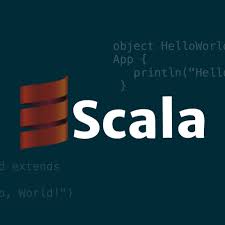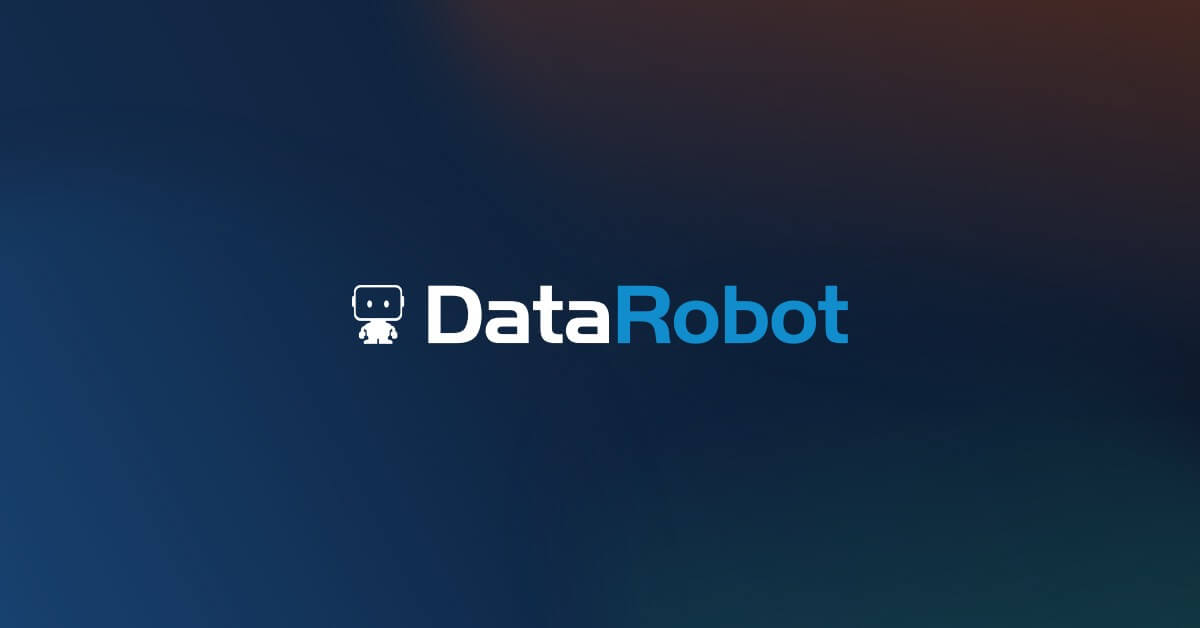Description
Introduction
Scala Application is a powerful, multi-paradigm programming language that combines functional and object-oriented programming. It is used to build scalable, high-performance applications in various domains, from data processing and backend development to distributed systems and microservices. This course, Hands-on Scala: Building Real-World Applications, is designed to give you practical experience in using Scala for real-world projects. You’ll learn how to design and implement robust applications, integrate with databases, work with web services, and deploy applications at scale. By the end of this course, you’ll be able to use Scala to develop high-quality, production-grade applications.
Prerequisites of Scala Application
- Basic understanding of programming concepts.
- Familiarity with object-oriented programming and functional programming (optional but helpful).
- Experience with any programming language (especially Java or Python) will be advantageous but not mandatory.
- A development environment with Scala installed (IDE like IntelliJ IDEA recommended).
- Basic knowledge of databases, HTTP, and web services is helpful but not required.
Table of Contents
- Introduction to Scala for Real-World Applications
1.1 Why Scala for Real-World Applications?
1.2 Overview of Scala’s Features: Functional and Object-Oriented Programming
1.3 Setting Up Your Scala Development Environment
1.4 Introduction to sbt (Scala Build Tool) - Scala Fundamentals for Application Development
2.1 Basics of Scala Syntax and Structure
2.2 Functional Programming in Scala: Immutable Data Structures, Higher-Order Functions
2.3 Object-Oriented Programming with Scala
2.4 Pattern Matching and Case Classes in Scala
2.5 Error Handling and Option/ Try in Scala - Building a Basic Web Application in Scala
3.1 Introduction to Web Frameworks: Play Framework Overview
3.2 Setting Up a Simple Web Server with Play Framework
3.3 Handling HTTP Requests and Responses
3.4 Creating and Rendering Views with Scala Templates
3.5 Building RESTful APIs with Scala (Ref: Scala for Reactive Programming with Akka and Play Framework)
3.6 Integrating JSON Handling with Play JSON - Database Integration with Scala
4.1 Connecting to Databases in Scala
4.2 Working with SQL Databases: JDBC and SLICK ORM
4.3 Connecting to NoSQL Databases (MongoDB, Cassandra)
4.4 Writing and Running Database Queries in Scala
4.5 Using Scala for Data Migrations and Schema Management - Building and Deploying Microservices with Scala
5.1 Introduction to Microservices Architecture
5.2 Building Microservices with Akka HTTP
5.3 Handling Asynchronous Communication with Akka Actors
5.4 Setting Up REST APIs for Microservices
5.5 Deploying Scala Microservices Using Docker and Kubernetes - Working with Distributed Systems in Scala
6.1 Introduction to Distributed Computing Concepts
6.2 Building Distributed Systems with Akka and Akka Cluster
6.3 Ensuring Fault Tolerance and High Availability
6.4 Working with Event-Driven Systems Using Akka Streams
6.5 Scaling Distributed Applications with Akka Cluster - Concurrency and Parallelism in Scala
7.1 Understanding Concurrency in Scala
7.2 Using Futures and Promises for Asynchronous Computation
7.3 Parallel Collections for High-Performance Computing
7.4 Thread Management and Synchronization
7.5 Avoiding Common Pitfalls in Concurrent Programming - Testing Scala Applications
8.1 Writing Unit Tests with ScalaTest
8.2 Functional Testing with ScalaCheck
8.3 Integration Testing for Web Applications
8.4 Mocking and Stubbing for Dependency Isolation
8.5 Continuous Integration and Test Automation in Scala - Performance Tuning and Optimization
9.1 Profiling Scala Applications
9.2 Memory Management and Garbage Collection in Scala
9.3 Optimizing Performance for Large-Scale Applications
9.4 Using Akka for High-Throughput Systems
9.5 Leveraging Parallelism and Distributed Computing for Scalability - Real-World Project: Building a Scala-Based E-Commerce Application
10.1 Project Overview and Architecture Design
10.2 Implementing Product Catalog, User Authentication, and Order Management
10.3 Integrating with Payment Gateways and Third-Party APIs
10.4 Handling Sessions, Cookies, and Security in Web Applications
10.5 Deploying the Application to Production
Conclusion
By completing Hands-on Scala: Building Real-World Applications, you will have gained practical, hands-on experience in developing applications using Scala. You’ll be able to design and implement complex systems, including web applications, microservices, and distributed systems, while leveraging the full power of Scala’s functional and object-oriented programming features. Through practical projects and exercises, you will also understand how to work with databases, APIs, and deploy your applications to the cloud. This course equips you with the tools and knowledge to build production-grade Scala applications in any domain, from enterprise systems to web services and beyond.







Reviews
There are no reviews yet.